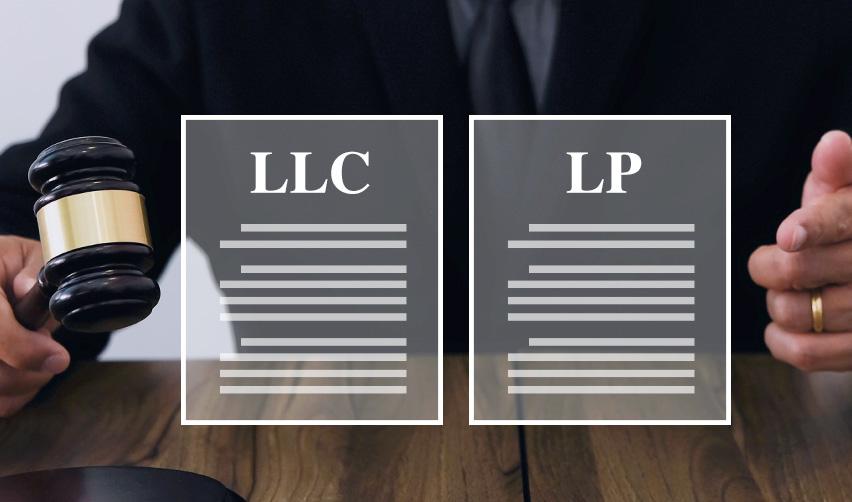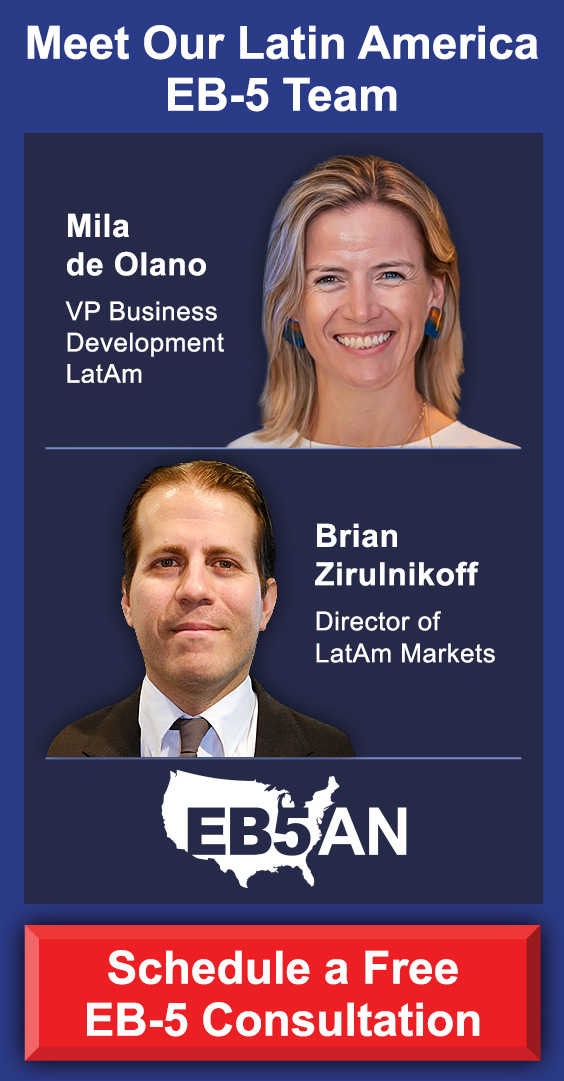When evaluating an EB-5 investment, investors frequently focus on the quality of the underlying real estate project. However, the legal structure of the new commercial enterprise (NCE) is also critical. The choice between a limited partnership (LP) and a limited liability Company (LLC) can significantly impact investor rights, governance transparency, and legal recourse.
While some EB-5 operators use LLCs to structure their NCEs, due to these investor advantages, EB5AN exclusively uses LPs.
This article explains why the LP model offers stronger legal protections and greater predictability—making it the better choice for EB-5 investors.
Stronger Fiduciary Duties and Investor Protections
Simpler and More Predictable Governance
Clear Priority of Distributions
Greater Certainty in Legal Disputes
Defined Exit Mechanisms and Dissolution Procedures
Simplified Tax Treatment
Recognized and Trusted EB-5 Structure
Stronger Fiduciary Duties and Investor Protections
Under Delaware law (a common jurisdiction for EB-5 NCEs), general partners of limited partnerships owe clear fiduciary duties of loyalty and care to their limited partners, unless such duties are explicitly waived in the partnership agreement.
These duties create a meaningful legal safeguard: Because of them, the general partner must act in the best interest of the limited partners and can be held accountable for any misconduct, self-dealing, or negligence.
In contrast, LLCs are governed by contractual flexibility. Many LLC operating agreements either limit or fully eliminate fiduciary duties. This leaves investors with minimal legal protection if the managing member fails to act in good faith or prioritizes their own interests—which is particularly problematic in the event of mismanagement.
Simpler and More Predictable Governance
LPs offer a uniform and predictable governance structure in which the general partner manages the partnership while limited partners remain passive investors. This clear division of roles reduces ambiguity, minimizes the risk of misunderstandings, and makes it easier to enforce the partnership agreement in case of a legal dispute.
In contrast, LLCs allow significant flexibility in how their governance is structured. Without careful drafting, LLC operating agreements can create confusion over who holds decision-making authority, how profits are distributed, or how information is shared with investors. This variability increases the potential for internal disputes and costly litigation.
Clear Priority of Distributions
LP agreements typically outline a clear and enforceable distribution structure—one that commonly includes a preferred return to investors, followed by profit-sharing with the general partner. This transparency ensures investors know exactly how and when capital and returns will be distributed.
In contrast, LLC agreements often lack uniformity. Distributions may be tied to ownership percentages or made at the discretion of the managing member. In poorly drafted agreements, this can result in investor capital being misallocated or withheld without adequate justification—exposing investors to unnecessary financial and legal risk.
Greater Certainty in Legal Disputes
LPs benefit from extensive statutory guidance and judicial precedent, particularly under Delaware law. Courts generally respect LP agreements as they are written, providing investors with a high level of predictability in legal outcomes.
LLCs, however, present more legal uncertainty. Because LLC statutes allow for broad customization, courts regularly have to interpret intent and fill gaps in ambiguous or tacit agreements. This dynamic increases the cost, duration, and risk of litigation for investors seeking to enforce their rights.
Defined Exit Mechanisms and Dissolution Procedures
LP agreements typically include specific and enforceable terms for exiting the investment and winding down the partnership—such as upon the sale of the underlying asset or at the conclusion of a fixed term. These provisions help ensure investors’ capital is returned in a timely and orderly manner.
LLC operating agreements often inadequately define their dissolution and liquidation procedures. In such cases, investor capital may remain locked up indefinitely or subject to unilateral decisions by the manager—delaying repayment and complicating investor exits.
Simplified Tax Treatment
LPs also offer a straightforward and consistent tax structure that benefits many EB-5 investors. As pass-through entities, LPs generally do not pay federal income tax at the entity level; instead, income and losses are reported directly by investors on each investor’s personal U.S. tax return. This avoids double taxation at both the entity and personal levels and can help investors maximize their after-tax returns.
While LLCs can also elect to receive pass-through treatment, LPs reduce the risk of classification errors or inconsistent allocations because of their uniform structure and consistent use in EB-5 offerings. This clarity makes tax compliance more predictable for both the NCE and its investors.
Recognized and Trusted EB-5 Structure
The LP structure is well-established and widely accepted in the EB-5 industry. The United States Citizenship and Immigration Services (USCIS) is familiar with the LP model and the passive role of limited partners, which aligns with EB-5 program requirements.
Firstly, LPs clearly demonstrate that the investment is “at risk,” as required by EB-5 regulations, by avoiding features such as guaranteed returns, redemption rights, or capital protection clauses.
Additionally, USCIS has explicitly recognized that limited partners who receive standard policy-level rights under the Uniform Limited Partnership Act satisfy the EB-5 management engagement requirement, providing formal confirmation that LPs are consistent with EB-5 compliance expectations.
While LLCs can be structured to meet these requirements, their flexibility makes it easier to introduce problematic terms—raising compliance risks and increasing the likelihood of requests for evidence.
In particular, LLC structures that label investors as “managing members” or grant them control rights could potentially trigger additional USCIS scrutiny, increasing the risk of delays or compliance issues.
Receive Your Green Card and Your Capital Back by Investing in an EB5AN Limited Partnership
While both LPs and LLCs offer limited liability protection, LPs provide significantly greater safeguards for EB-5 investors.
Due to their stronger fiduciary duties, transparent governance, clear distribution rights, and legal predictability, LPs are the more investor-friendly structure—particularly in multi-investor real estate projects. In such settings, a standardized structure supports consistent treatment and reduces the risk of governance disputes.
While LLCs can be tailored to meet EB-5 program requirements, their structural flexibility increases the likelihood of drafting errors or unintended compliance issues. LPs, by contrast, are inherently more compatible with EB-5 requirements and typically require less customization to ensure compliance.
At EB5AN, we exclusively use LPs for all of our EB-5 NCEs. This is a deliberate choice to protect investor interests, ensure legal clarity, and minimize the risk of disputes.
EB5AN has helped more than 2,700 families from 70+ countries relocate to the United States as lawful permanent residents. Our expert team has more than a decade of experience, and we offer our clients first-rate, low-risk EB-5 regional center projects with a 100% USCIS project approval rate.
If you would like to learn more about our EB-5 investment offerings, schedule a free consultation with our team.







